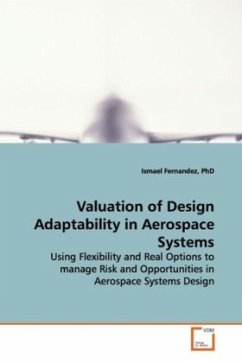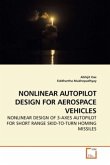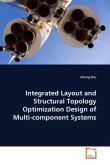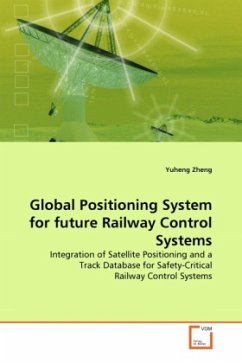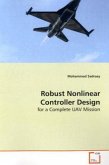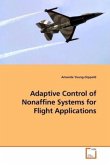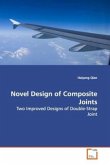As more information is brought into early stages of
the design, more pressure is put on engineers to
produce a reliable, high quality, and financially
sustainable product. Unfortunately, requirements
established at the beginning of a new project, and
their environment, continue to change in some
unpredictable ways. Robust Design Simulation is a
method that addresses the risk of a new design
falling out of value at early stages of production.
Under certain conditions, this method fails to
account for the intrinsic value embedded in the
system when certain design features are activated.
This book introduces the concepts of adaptability
and real options to manage risk foreseen in the face
of uncertainty at early design stages. The results
presented in the study contained herein show the
benefits of real options analysis during the design
process of aerospace systems. These include: a
better management of design features over time, a
better view of uncertainty around future technology
economics, a good understanding of adaptability
value over time, and a consistent risk reduction
with respect to alternatives in which flexibility
was not embedded.
the design, more pressure is put on engineers to
produce a reliable, high quality, and financially
sustainable product. Unfortunately, requirements
established at the beginning of a new project, and
their environment, continue to change in some
unpredictable ways. Robust Design Simulation is a
method that addresses the risk of a new design
falling out of value at early stages of production.
Under certain conditions, this method fails to
account for the intrinsic value embedded in the
system when certain design features are activated.
This book introduces the concepts of adaptability
and real options to manage risk foreseen in the face
of uncertainty at early design stages. The results
presented in the study contained herein show the
benefits of real options analysis during the design
process of aerospace systems. These include: a
better management of design features over time, a
better view of uncertainty around future technology
economics, a good understanding of adaptability
value over time, and a consistent risk reduction
with respect to alternatives in which flexibility
was not embedded.

